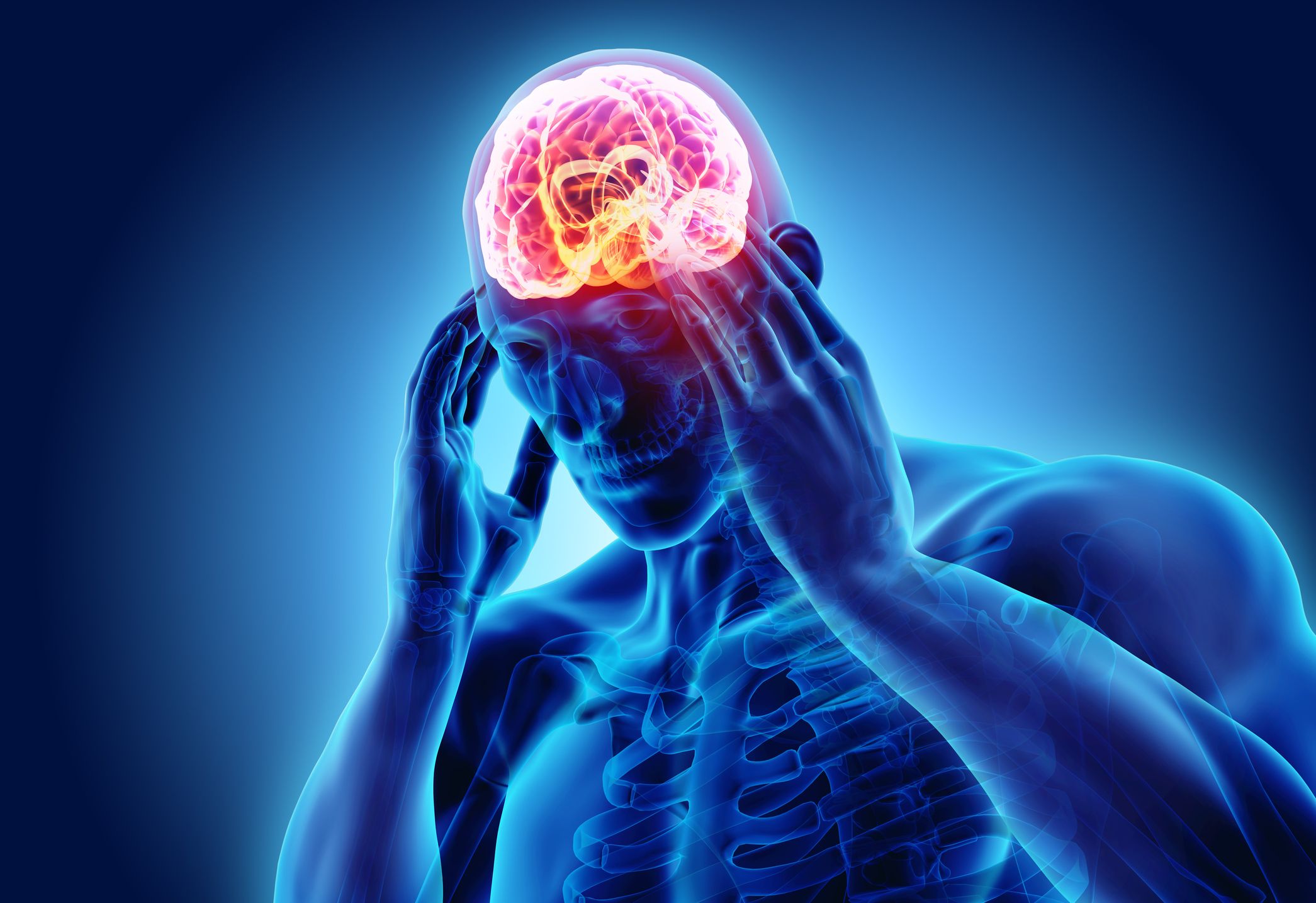
First of all,
Humanity has always looked for novel ways to reduce suffering and improve wellbeing in its quest for comfort. From traditional herbal medicines to contemporary medical breakthroughs, our comprehension of pain management has undergone substantial changes. There has been a paradigm shift in recent years that emphasizes proactive and comprehensive techniques to avoid pain in addition to treating it when it does occur. This article examines new developments and creative pain management techniques, emphasizing the value of using all-encompassing, interdisciplinary approaches to support long-term comfort and wellbeing.
Comprehending Pain:
The complex combination of sensory and emotional experiences that constitutes pain can have a big effect on someone’s quality of life. It might be chronic, lasting a long time, or acute, brought on by an illness or injury. The goal of pain treatment has always been to reduce symptoms via drugs, physical therapy, or surgery. Although these methods can be successful, they frequently focus on treating the symptoms rather than the underlying reasons of pain.
Novel Techniques for Pain Management:
Complementary and alternative medicine
Integrative medicine addresses the mental, emotional, and spiritual facets of health by fusing complementary and conventional medical procedures. It has been demonstrated that techniques including mindfulness meditation, massage treatment, and acupuncture can lessen pain and enhance general wellbeing. Patients can get greater comfort and complete pain relief by incorporating these modalities into standard therapy.
Personalized Health Care:
Personalized medicine has been made possible by advances in genomics and molecular biology, which enable medical professionals to customize patient care according to a patient’s unique physiological and genetic makeup. By reducing side effects and improving patient outcomes, this strategy makes it possible to use more focused and efficient pain management techniques.
Technologies for Digital Health:
The emergence of digital health technology, such as telemedicine platforms, wearable devices, and smartphone apps, has completely changed how we monitor and treat pain. Patients’ accessibility and convenience are increased by these technologies, which allow for the real-time tracking of symptoms, individualized treatment recommendations, and virtual consultations with healthcare professionals.
Non-Medicinal Interventions:
Non-pharmacological methods including physical therapy, cognitive-behavioral therapy, and biofeedback techniques offer other ways to pain management in addition to conventional pharmacological treatments. By enhancing coping mechanisms, emotional fortitude, and physical function, these methods enable patients to actively participate in their own healing and overall wellbeing.
Changes in Lifestyle:
Easy lifestyle changes that positively affect pain perception and general comfort include consistent exercise, a balanced diet, enough sleep, and stress reduction methods. A holistic approach to health and wellbeing can help people reduce their chance of developing chronic pain issues and increase their level of comfort and vitality over the long run.
Opportunities and Difficulties:
Although novel pain treatment techniques present encouraging results, a number of obstacles need to be overcome to fully realize their potential. These include the necessity for interdisciplinary collaboration among healthcare providers, legislative impediments, and reimbursement concerns. Moreover, inequalities in socioeconomic status and healthcare access can impede the implementation of these strategies, especially in marginalized communities.
Notwithstanding these obstacles, there exist noteworthy prospects to broaden the scope and efficacy of pain treatment strategies. Comfort, well-being, and quality of life for all people can be prioritized in a more inclusive and holistic approach to pain management by utilizing technology, encouraging cross-disciplinary collaboration, and emphasizing patient-centered treatment.
Developing Digital Health Technology:
With the advent of digital health technologies, there are now more options for tracking, evaluating, and treating pain than ever before. Biosensor-equipped wearables can monitor physiological factors including heart rate, temperature, and movement patterns, giving important information on the degree and variability of discomfort. Interactive platforms for tracking medication adherence, self-reporting symptoms, and obtaining pain management education are provided by mobile applications.
Through the use of telemedicine platforms, people in underserved or rural areas can consult with healthcare experts remotely, removing geographical boundaries and improving accessibility. Immersion experiences offered by virtual reality (VR) and augmented reality (AR) technology help patients detach from pain cues and encourage stress-reduction and relaxation. These cutting-edge methods empower people to actively engage in their care and pain management in addition to improving patient engagement and happiness.
Resolving Inequalities in Healthcare Access:
Even while digital health technologies have the potential to enhance pain treatment, unequal access to care continues to be a major problem, especially for underprivileged and marginalized groups. Adoption of digital health solutions among vulnerable communities might be hindered by socioeconomic circumstances, challenges to digital literacy, and limited access to high-speed internet.
It is crucial to give fairness and inclusion top priority when developing and implementing digital health treatments in order to overcome these inequities. This entails modifying technology to accommodate the unique requirements and preferences of various groups, offering assistance and training to improve digital literacy, and collaborating with neighborhood organizations to guarantee broad accessibility and participation.
In order to increase broadband connectivity and close the digital divide, legislators and leaders in the healthcare industry must also invest in resources and infrastructure. We can build more inclusive and equitable healthcare systems that emphasize the needs of every person, regardless of race, ethnicity, socioeconomic status, or geography, by utilizing technology to advance health equity.
Gazing Forward:
Innovation will continue to be a key factor in determining the direction of care as we work through the challenges of managing pain in the twenty-first century. We can rewrite the rules for pain management and usher in a new era of comfort, well-being, and resilience for people all over the world by utilizing integrative medicine, tailored therapies, digital health technologies, and lifestyle changes.
But achieving this goal will call for a group effort focused on cooperation, creativity, and kindness. Together, spanning fields, industries, and national boundaries, we can make a world in which experiencing pain no longer prevents people from fully experiencing life. Let’s take on the task of turning suffering into opportunity and creating a future where everyone can live comfortably and energetically.
In summary:
Pain management innovation has the potential to revolutionize how we see and manage pain, going beyond symptom relief to adopt a more proactive and comprehensive approach to comfort and well-being. By combining digital health technologies, lifestyle changes, tailored medicine, and complementary therapies, we can enable people to live pain-free lifestyles and improve their overall quality of life. But achieving this goal will need for teamwork, interdisciplinary cooperation, and a dedication to putting patient-centered care first. Let’s embrace ingenuity and imagination as we continue to expand our knowledge of pain and its treatment to build a society in which discomfort no longer stands in the way of comfort and vitality.








